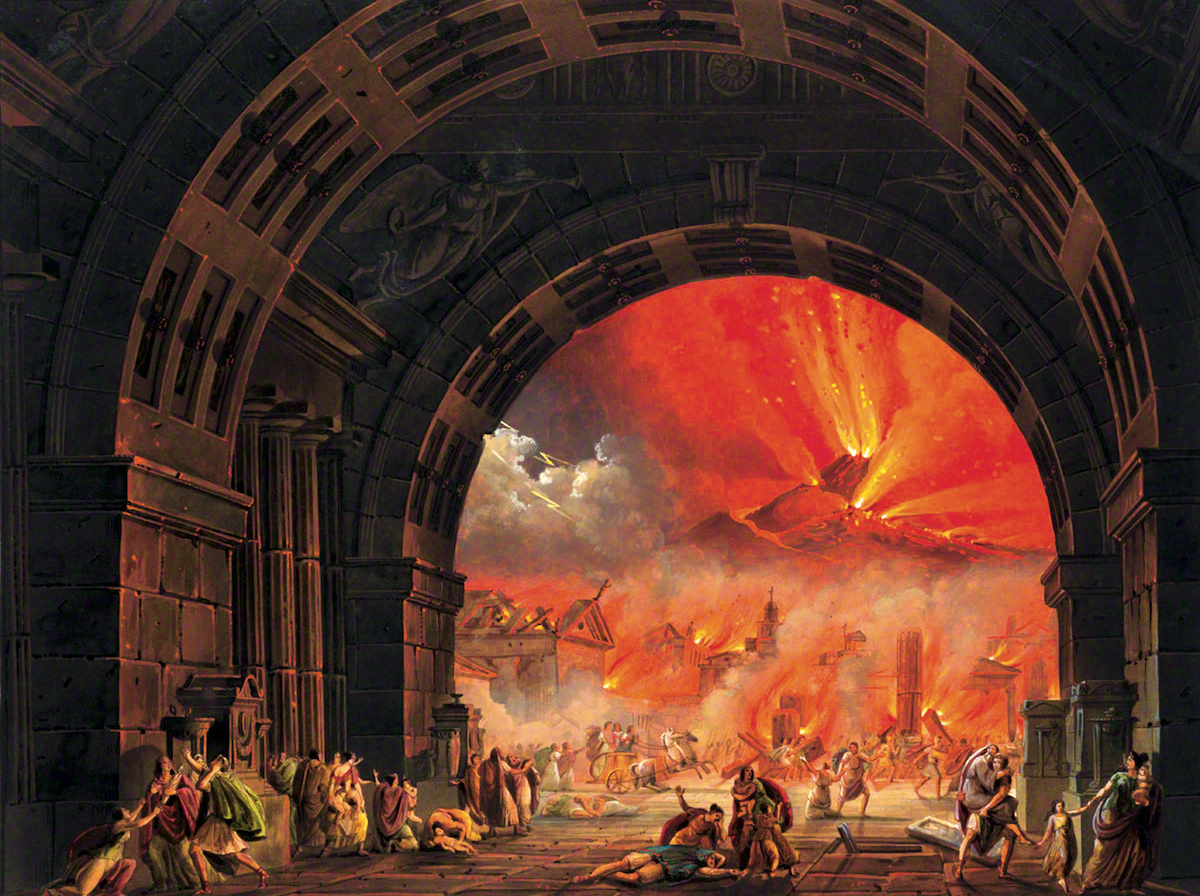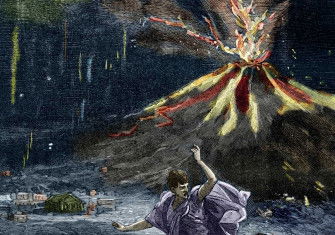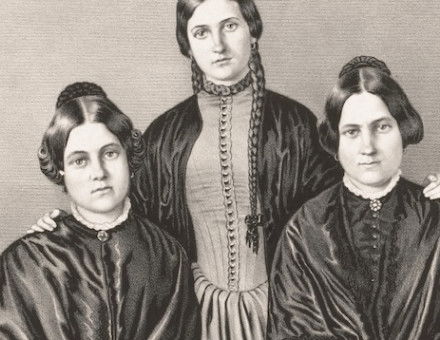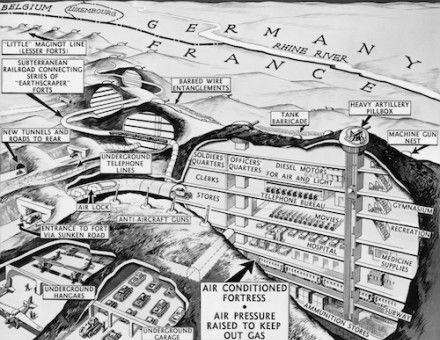Volcanoes on Tour: Recreating Vesuvius
In the age of enlightenment, the public developed a taste for sheer spectacle. Suitably awe-inspiring, dazzling versions of the world’s most famous volcano, Vesuvius, could soon be found across Europe and North America.

On YouTube, you can join the nearly 29 million viewers who have watched Zero One Animation’s dynamic reconstruction of the devastating eruption of Vesuvius in AD 79. The nine-minute-long video imagines the eruption’s various stages as seen from Pompeii, culminating in a terrifying pyroclastic flow which rushes towards the viewer. Such virtual recreations of Vesuvius are nothing new. From the 18th century onwards scientists, aristocrats, artists, theatrical impresario and the proprietors of pleasure gardens built working models of Europe’s most famous volcano, complete with flowing lava and fire. Fuelled by a fascination with geology and the role of fire and volcanoes in the planet’s development, their simulacra were also part of a larger culture of spectacle that gripped European and American cities.







